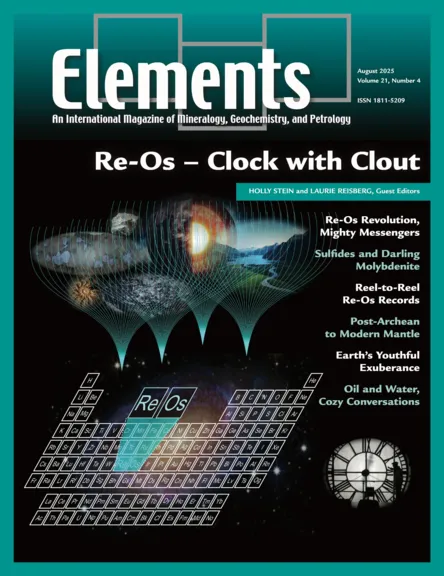
Radiometric isotopic systems have long played a critical role in geosciences, both for absolute dating and for tracing the sources of magmas, sediments, and fluids. Among these geochronometers, the long-lived rhenium-osmium (Re-Os) radiometric couple is unique in that both the parent, rhenium, and the daughter, osmium, are highly siderophile, chalcophile, and organophile. This unusual combination allows the Re-Os system to be used to study and date a wide-ranging array of geological targets that are otherwise inaccessible using classical lithophile geochronometers. The exceptional geochemical properties that make the Re-Os system such a useful geochemical tool have also posed major analytical challenges. One-by-one, these challenges have been met through a series of breakthroughs over the past several decades. Each breakthrough has provided further insights and opportunities. Highlighting the historical perspective, this issue of Elements summarizes early challenges, landmark breakthroughs, and the breadth of Re-Os applications available today. Earth accretion and ancient and modern mantle dynamics are addressed through Re-Os studies of meteorites, peridotites, and basalts. Closer to Earth’s surface, Re-Os studies of sulfides, notably molybdenite, reveal the temporal and fluid history of mineralizing systems. Re-Os is instrumental for dating and correlating black shales, evaluating marine toxicity and mass extinctions, and reconstructing entire petroleum systems. The applications of this versatile isotopic system continue to grow.
Geochemical Society members can access this issue now via the Elements website using your email address (UserID) and member number (Password).
